 If I said I never used anything I learned in algebra class, I’d be lying. In my career as a marketer and communicator, I’ve never had much use for sophisticated math. But I have had plenty of use for the life lesson that algebra offered – of being forced to do something uninteresting simply because someone in authority told me I had to do it. Moderating an event this week in London on corporate social media, it struck me that many organizations have started with this same uninspired approach to using social media – simply because someone said they have to.
If I said I never used anything I learned in algebra class, I’d be lying. In my career as a marketer and communicator, I’ve never had much use for sophisticated math. But I have had plenty of use for the life lesson that algebra offered – of being forced to do something uninteresting simply because someone in authority told me I had to do it. Moderating an event this week in London on corporate social media, it struck me that many organizations have started with this same uninspired approach to using social media – simply because someone said they have to.
Yet evolving beyond this phase of “social media algebra” and into something more takes a combination of better strategy, more innovation, deeper creativity, and (occasionally) an unplanned crisis. During the two day event, more than a dozen speakers from some of the leading brands across Europe shared their tips and tricks for how they are evolving from an early stage of social media use to something more strategic. This is a compilation of some of the best lessons from that event:
1. Have A Tone Of Voice (Just Eat)
In an entertaining presentation from the UK’s #1 food deliver website and mobile app Just Eat https://www.just-eat.co.uk/, Head of Digital Marketing Tess Tucker talked about the importance of having a personality and setting a great brand tone of voice across social media accounts. Known across the UK for their irreverent “Don’t cook, just eat” marketing campaign – the brand has a unique voice and tone with its audience that pays off both in social media, as well as in the real world as well.
2. Reward Sharing Generously (Living Social)
For an online deals website, encouraging impulse purchases makes good sense. As Living Social Managing Director Peter Briffet shared, the average offer of from Living Social is shared 15 times. To encourage more of this type of sharing, the site uses a “Me + 3” promotion often, that lets users get a deal for free if they can get three of their friends to also sign up and buy it. Though this strategy can get costly at times, Briffet shared that the value of it for customer loyalty as well as encouragement to share can more than make up for the cost over the long term.
3. Be Timely (BarclayCard)
The initial stance of many financial organizations when it comes to social media is to avoid using it because of the perception that legislation or privacy will stand in the way. Instead, Barclay Card Vice President of Social Media Lucy Wren talked about an approach centered on the philosophy of “shout, hum, or sing.” Getting this piece right required a focus on several aspects – but one of the most critical is the idea of providing timely information that solves needs or educates in the right way. It is a good reminder that sometimes social media is the most effective when you get the timing right.
4. Combine Assets With Training (Siemens)
Siemens has over 360,000 employees – and aligning them to use social media effectively is not an easy challenge. In a brief presentation Michael Stenberg, Vice President – Web & Infrastructure shared that building out social media across the organization takes three critical pieces: access, environment and training. Access is a fairly simple one, but environment (in terms of providing the right structure to manage accounts and content assets) was a key point that many brands don’t consider. Training, the last element, is delivered through a robust on demand program at Siemens that is so popular, it has a nearly 60% completion rate and has helped the organization become more social and establish accountability across multiple business units and geographies.
5. Find A Partner You Trust (Gumtree)
Sometimes you can’t do it all yourself. This was the underlying message from Sam Diamond, Head of Brand and Communications at Gumtree – the UK’s largest online classifieds site. Through a discussion of the topic of managing brand reputation and crisis, Diamond shared that he relies on an agency partner to help with detecting early potential situations, managing communities and coordinating responses in times of crisis. As more organizations grow beyond the iniital stages of making social media a small part of one person’s job – this approach becomes more and more potentially valuable.
6. Embrace Your Maturity Level (HootSuite)
There are three levels of organizations, as outlined in a presentation from HootSuite Director of Strategic Accounts Ian Robin – those in social advocacy stage, social team stage, or social organization stage. The key isn’t necessarily for every organization to evolve immediately into becoming a social organization overnight … but rather to accept and understand the priorities for the level you are at. It was a good reminder that integrating social media and using it effectively within an organization is always a process of evolution – and you can’t always jump to the finish overnight.
7. Inspire Your Enthusiasts (Honda)
In the automotive industry, there are plenty of enthusiasts. It is natural, therefore, to consider the fundamental point that Honda Social Media Manager Simon Nicholson shared from the stage at CSM EU: you need to connect with and inspire your biggest enthusiasts. For him, the most recent example of this was to share early information about an upcoming 2015 model of the Honda Civic with 300 horsepower that was covered widely on enthusiast blogs when it was first announced. The side benefit Nicholson shared, which should be valuable for anyone in a company that sells indirectly, was that the effort also helps to inspire dealers by giving theme a deeper belief in the brand.
8. Use Positive Feedback To Motivate (RoyalMail)
It is easy to think about social media as a venue for customer negativity. After all, most of us see how much easier it is for people to complain via social media versus almost anything else. RoyalMail Head of Customer Support Martha Roberts offered an interesting alternative view today – sharing how the RoyalMail organization uses positive messages on social media as a way to offer feedback to staff and workers across the UK who are doing a great job and receiving public kudos for it on social media. Not only does the concept help to inspire workers, but it also can help to fix the sometimes dysfunctional relationship that customer care can have with operations if they only report back on the negative problems that customers need to have fixed.
9. Share Impact, Not Metrics. (O2)
Selling the value of social media to senior managers is never an easy task. The Head of Social Engagement for O2, Paul Hughes shared several data points that helped him to sell in this value within his own company in the telecom industry. Among the key data points that helped him describe the value internally was an 80% call deflection rate and dramatically reduced call servicing costs. When it comes to customer care and the numbers, his point was that you can clearly share a conclusion and back it up with the metrics that you need.
10. Affinity Trumps Intention (Yelp)
Most marketing teams spend a lot of time focusing on intention. As soon as someone searches for a product, for example, a whole series of ads can be created to target (or retarget) them for that same product on multiple sites. Instead, Yelp European Programmatic Manager Gordon White shared that targeting based on affinity instead of intention can actually be far more beneficial. Affinity, as he shared is emotional instead of logical, and long term as opposed to intention – which expires after some time.
11. Tell A Better Data Story (Sprinklr)
If your data isn’t changing your business, your data is boring. This was one of several pieces of wisdom Sprinklr Strategy Director Anna O’Brien shared in her brief presentation about the value of storytelling in data. Though I have sometimes described it as “visionary measurement” – the principle is the same. The context around data matters far more than the data itself. And it always has.
12. Make A Public Commitment (KLM)
KLM is often credited with being one of the most forward thinking brands in the travel industry when it comes to integrating social media with customer care and ecommerce. One of their latest innovations launched just a few weeks ago and shared by Social Commerce Manager Caroline Sprujit was a public commitment as to the expected response times on Twitter. So now the Twitter header has a promise that typically ranges around 30 minutes for how long the brand will take before responding to a Tweet – and they keep their promise.
13. Engage With Your Fans (Adobe)
In the quest to create more and more content, many marketers have missed a fundamental truth – and one that Adobe Head of Social Strategy Jeremy Waite focused on in his presentation. What if the ratio of creation to engagement was 1 to 10? In other words, brands that build deep relationships with fans are the ones that spend more time conversing with their customers than creating content or products for them. As Waite shared, engaging with your fans and building a community are two different things. Which all means that there really is no substitute for dedicating time and effort towards just engaging and interacting with your customers online.
14. Catch Up To Employees (BAE Systems)
One of the biggest misconceptions about how employees use social media is that it can be regulated. The fact is, as BAE Systems VP of Corporate Communications Price Floyd noted, businesses are often following behind employees – and so the key is to create policies to encourage them to share and use the tools they are already using – and give them the right guidelines to do it. When you do, they can create great content and things that you can then promote internally, and even share externally to drive everything from recruiting efforts to brand reputation.
15. Explain Your Policies (Pfizer)
Plenty of companies have policies – yet most are hidden in small print or used to justify idiotic behaviour. When it comes to social media, these choices can be amplified in a very embarrassing way. In a discussion of how to use social media in a regulated industry, Pfizer Senior Director Media Relations Andy Widger shared how Pfizer actively publishes descriptions of policies and rules that can be shared with employees or people online directly. By taking this proactive approach, they can not only build more trust through transparency – but also provide answers to difficult questions within trying to reduce them impossibly into 140 characters.
16. Empower Employees (Intuit)
Many startups fail because they create products no one likes. This is one of many lessons Eric Ries offered in his book Lean Startup – and it was a key point from Intuit Social Media Manager & Innovation Catalyst Bjoern Uehss’ presentation about how the LEAN method has been put to work at Intuit. A key element of it is to use social media to help empower employees so they feel a greater sense of ownership and are happier. And as Uehss noted, happier employees create better products.
Note: This blog post was developed as an official recap for the 4th Annual European Corporate Social Media Summit and presented on stage in London on the same day it was published (today). To learn more about working with Rohit directly, use the navigation menu on this site to learn about his keynote speaking or his custom strategy workshops.


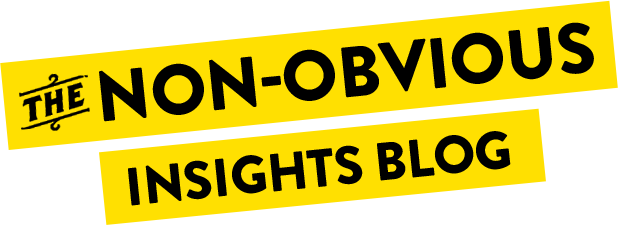





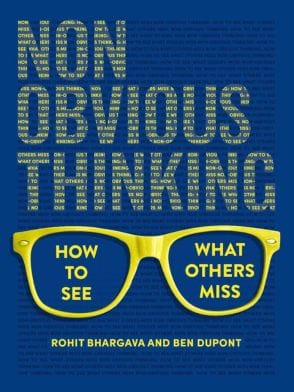

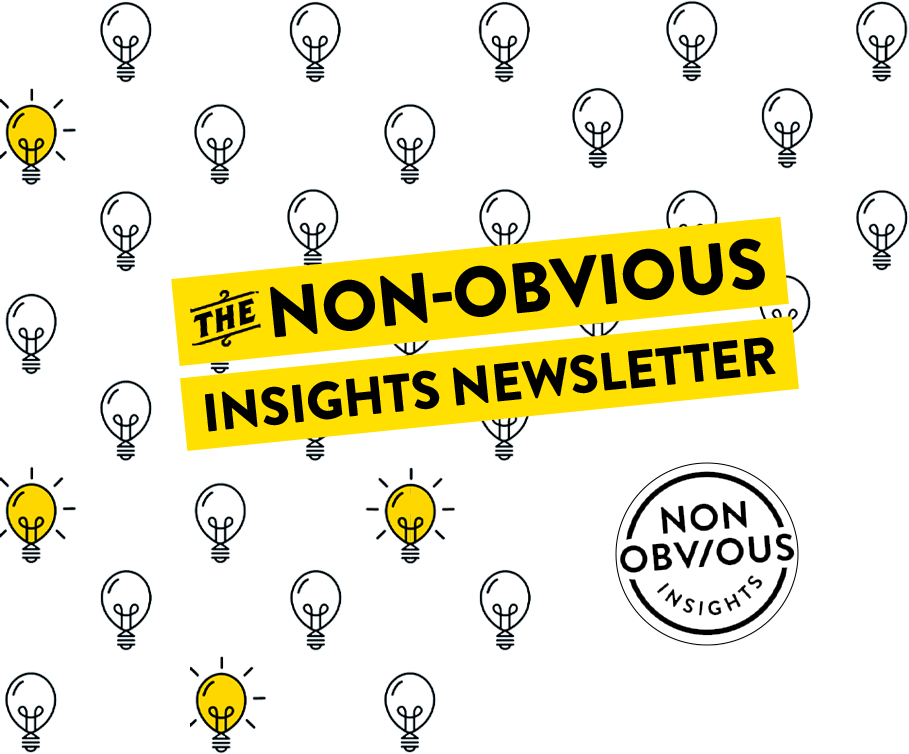



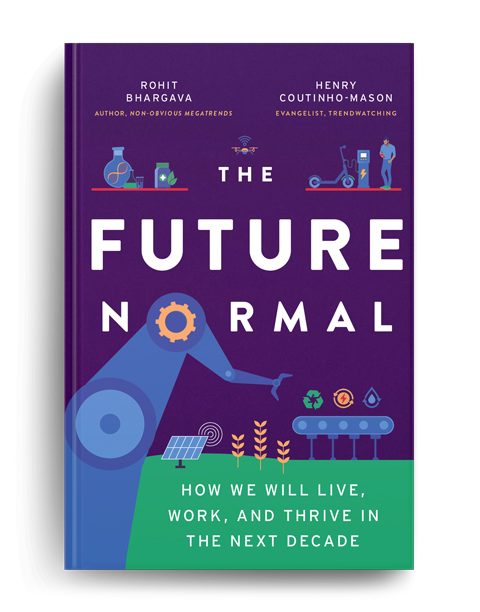

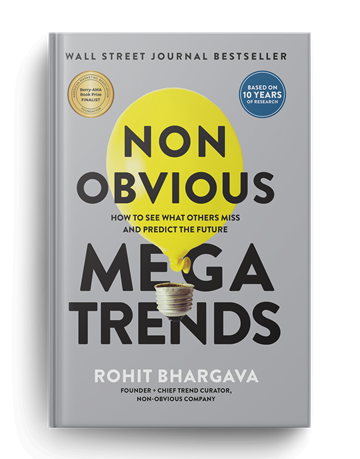
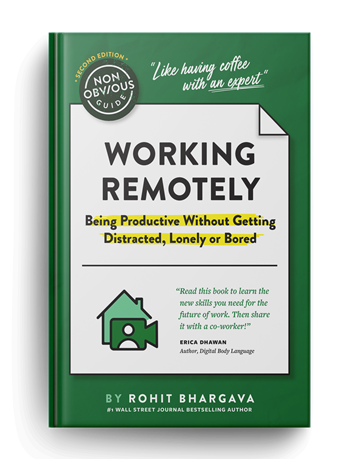
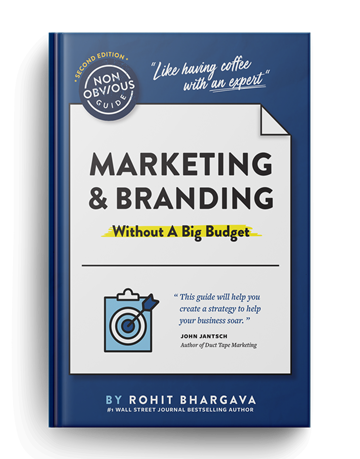

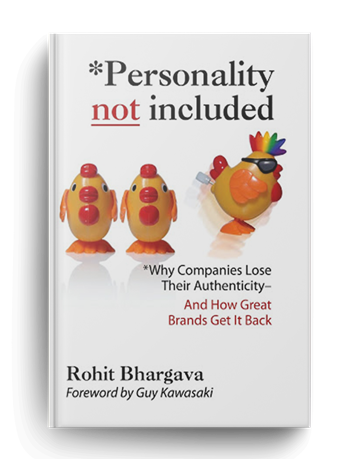
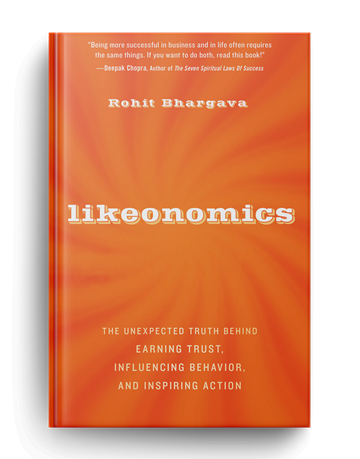


Great examples of using social media the right way.The rewarding system that living social has come up with is a great one. I also consider that all the companies should start creating social media training programs for all their employees because now all our profiles on these platforms includes the company we work for and we all express our opinions on the internet.
Didn’t use algebra once? Not at all? Not to calculate anything like a conversion value, or lead gen cost, or ROI?